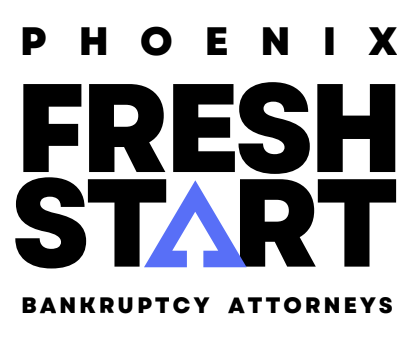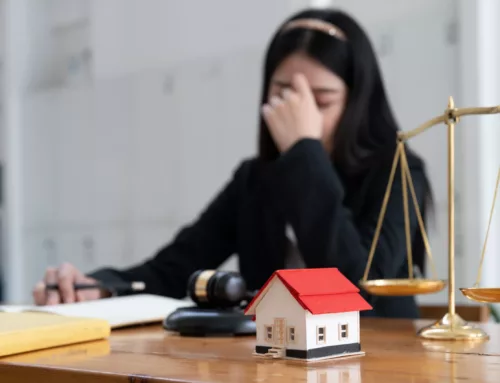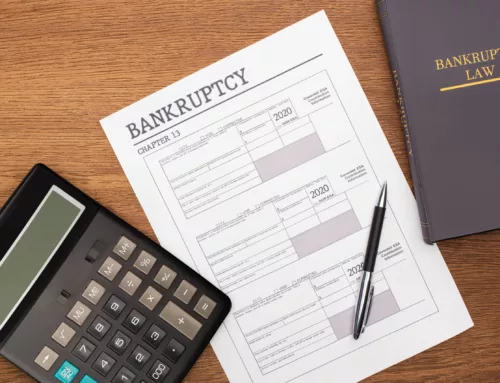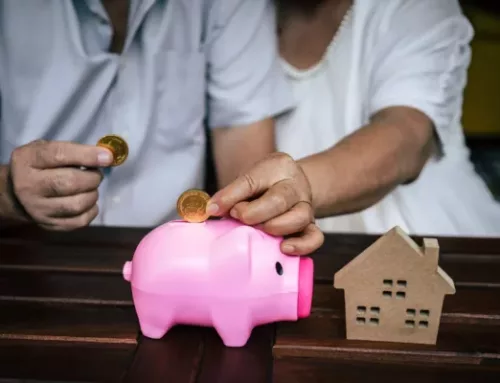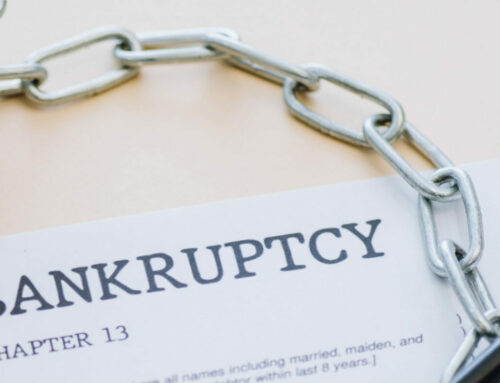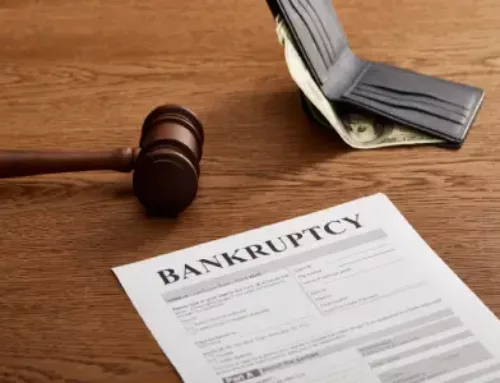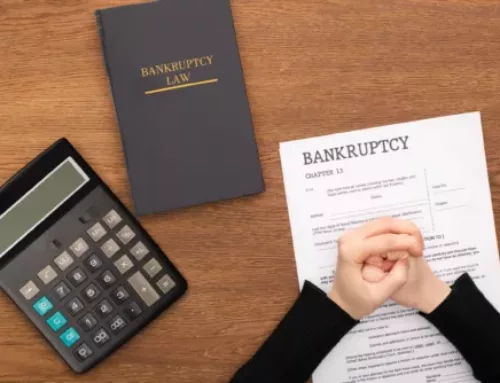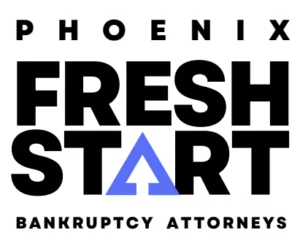It’s possible for somebody who has just emerged from personal bankruptcy to continue experiencing financial distress. Life after bankruptcy may mean some debt relief, but it doesn’t necessarily translate to a clean slate. If you ever find yourself in this unfortunate and difficult position, to file for bankruptcy a second time may not just be your last resort, but your only one.
Repeat Filing
If you’ve recently been bankrupt and are considering a repeat filing, it’s important to know the rules and regulations that pertain to this legal process. Get as much bankruptcy information as you can. The requirements for repeat bankruptcy filings differ. Keep in mind that there are different types of bankruptcy, so a good deal depends on whether you choose to petition for bankruptcy under a different chapter or the same one as before.
As a rule, filing for bankruptcy can be done at any time, regardless of how recent your last filing was. On the other hand, filers need to have an idea what a repeat filing will elicit. Timing does have an effect on having your debt discharged if you file bankruptcy a second time. The point is to get out of debt. The average debtor wouldn’t care to file if his or her debts cannot be discharged; however, there are exceptions, according to bankruptcy legislation.
Same Chapter Filing
Here are points to note if you intend to file for bankruptcy protection under the same bankruptcy chapter as before:
- You have to wait eight years after filing to get another debt discharge under Chapter 7 if you’d previously filed under it.
- You need to wait two years after filing to seek another debt discharge under Chapter 13 if you’d previously filed under it.
Different Chapter Filing
If you’re filing under a different chapter, keep the following in mind:
- After a previous Chapter 7 filing, you have to wait four years to seek a debt discharge under Chapter 13.
- After a previous Chapter 13 filing, you have to wait six years to seek a debt discharge under Chapter 7.
There are some scenarios relevant to how you pay your debts that provide exceptions in a bankruptcy case. For instance, in a Chapter 7 filing following a previous Chapter 13 filing, these situations garner exceptions:
- Paying off all unsecured debts within the Chapter 13 proceedings.
- Proving that they’re carrying out their Chapter 13 payment plan in good faith, which includes paying at least 70% of the claims under it.
No Debt Discharge in the First Filing
Generally, you can file a bankruptcy petition again at any time if you did not get a debt discharge in the first filing. The catch in undergoing the bankruptcy process again so close to the first one is that you may lose the automatic stay that is supposed to halt your creditors and other debt collectors from badgering you on what you owe.
The following details also may also affect your second filing:
- In case of dismissal, you can usually file a second time right away, except when a 180-day waiting period is required, e.g. if you dismissed the bankruptcy case yourself following a creditor seeking to lift the automatic stay or if you disobeyed the bankruptcy court in any way.
- In case of bankruptcy discharge denial, chances are you won’t get a discharge of the same debts you listed in your first filing.
Seeking No Discharge in the Second Filing
There are cases wherein debtors file bankruptcy a second time for the purpose of extending the time in which to pay off their debt. Filing under Chapter 13 a second time may help in your debt settlement efforts, spreading the debt payments beyond the three-to-five-year period indicated in the repayment plan.
“Chapter 20” Bankruptcy Proceedings for Individuals
Another option is for you to do a “Chapter 20” bankruptcy filing strategy, which involves filing under Chapter 13 soon after getting a debt discharge under a previous Chapter 7 filing. This strategy is especially helpful to those with an enormous amount of debt, who want to take advantage of the Chapter 13 repayment plan that allows them to stagger payment over time.
What happens in a “Chapter 20” is that the first filing, which is under Chapter 7, helps cut down overall debt so that the monthly payment is easier to manage, making you more eligible to file under Chapter 13. It all boils down to you having a better chance to efficiently pay back the remainder of your debts.
The second filing may not even discharge a debt, but it will make it easier for you to pay your substantial debts attached to personal property and important assets like your car or your home as well as certain debts you may have that are not dischargeable. It can help you avoid foreclosure or repossession. “Chapter 20” may also help you lien strip your second or any other subsequent mortgages in some bankruptcy cases.
Consulting Bankruptcy Attorneys
Filing for bankruptcy a second time can be a tricky endeavor. Dealing with gas and electric bills, credit card debt, student loan or some other loan debt can really wipe out your monthly income. Unfortunately, good financial management isn’t a habit that is formed overnight. If financial problems continue to hound you, the guidance of an attorney with thorough knowledge on bankruptcy laws is paramount.
Going through multiple bankruptcies can’t be good, so it’s best to first consult a bankruptcy attorney to help you study your options within the bankruptcy law as well as assist you in benefiting from bankruptcy protection. It may even turn out that there are alternatives to bankruptcy that you can take.
Call Fresh Start Law Firm to talk to an experienced bankruptcy lawyer.
